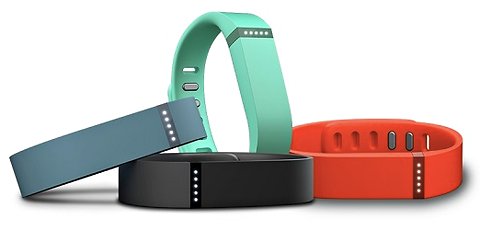There are many different types of healthcare technology that have the potential to boost the bottom line for insurance companies while simultaneously improving the customer experience. Unfortunately, many health insurance companies have not yet fully utilized these technologies. Big data and mobile technology, including cloud-computing capabilities, can provide many different cost-effective, patient-centered, integrated healthcare payer solutions that both insurance companies and policyholders can appreciate. It’s time for insurance companies to embrace big data and mobile technology, if they haven’t already done so, in order to create a better healthcare insurance experience for all.
Big Data, Mobile Solutions and Health Insurance
As you may know, big data is a term that defines the large and complex sets of information that organizations are collecting in the digital age. As these sets of data grow, it becomes harder and harder to process all the data using the applications and database management software that an organization may traditionally have been utilizing. Since healthcare is the fastest growing industry in the world and is expected to grow and transform even more within the United States when Affordable Care Act provisions go into effect in 2014, health insurance companies have some of the biggest data challenges facing any organization in the 21st century. Many employers will require new healthcare payer solutions as of January 1, when the mandate requiring large employers to provide affordable health coverage to all fulltime employees goes into effect. The sets of data that health insurance companies are dealing with will only continue to grow as more people become insured and the population steadily increases, leaving a huge need for technology solutions to make this data as manageable as possible without negatively impacting revenues or damaging the customer experience.
What This Means for Healthcare Insurance Providers
Healthcare insurance technology consultants are already busy helping many of the leading insurance companies transform their technology systems so they can manage their data more efficiently and improve their customer centricity. Healthcare information consulting firms can help insurance companies embrace the kinds of technology that will help them create a better experience for their companies while improving their bottom line. The first step is deploying an electronic medical record system, which many companies have already done, but this is not nearly enough to handle the big data challenges around the corner. In order to provide accountable, cost-effective, patient-centered, integrated healthcare solutions, insurance companies must make a concerted effort to take advantage of the content they have at their fingertips and automate as many of their operations as possible to make the patient care process nearly seamless. Since this type of effort requires a strategic master plan to be successful, working with a consulting firm is advisable.
The Leading Big Data and Mobile Solutions for Healthcare
Different insurance companies may require different healthcare payer technology solutions depending on the needs of their customers and internal structure, but there are some solutions that may be universally beneficial for the healthcare industry overall. These include the digital integration of enterprise health information, mobile access to healthcare information for employers and employees, the embrace of cloud computing for managing large stores of data that can be accessed remotely and the automation of paper-driven processes so resources can be refocused on customer care. Insurance companies can also utilize big data to provide a clearer picture of healthcare outcomes so medical providers can improve patient care and refocus their attention on initiatives that improve patient lives while cutting healthcare costs nationwide. This new era of big data analysis will require new, skilled workers to answer the call, just as the transition will require experienced consultants to ensure a smooth process overall.
